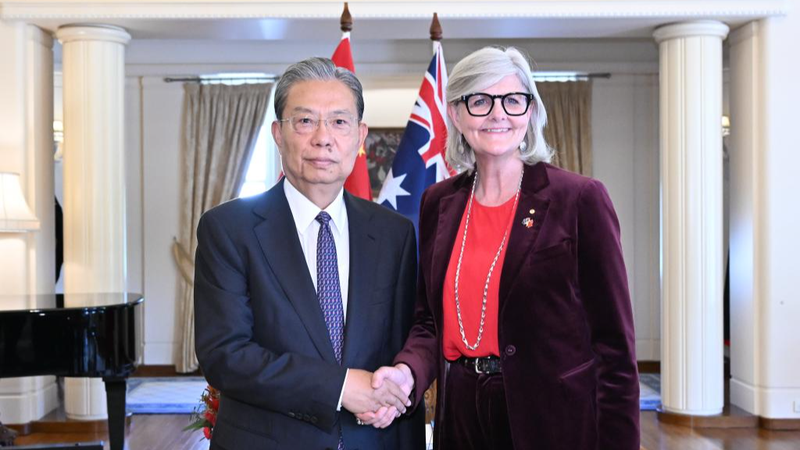In a major escalation of US trade policy, President Donald Trump announced on Truth Social this Friday that the United States will impose a 100 percent tariff on goods from the Chinese mainland, effective November 1, 2025. The move also includes strict export controls on "any and all critical software," marking a sharp reprisal to recent export limits introduced by the Chinese mainland authorities.
Trump's post signaled the end of a brief tariff truce that had cut US duties on imports from the Chinese mainland from a peak of 145 percent down to 30 percent, while duties by the Chinese mainland on US products dropped from 125 percent to 10 percent. Though this pause was extended twice between the world's two largest economies, markets quickly tumbled on news of the renewed confrontation.
For startups and tech entrepreneurs across G20 markets, the stakes couldn't be higher. The new controls target advanced semiconductors and software vital for AI research and cloud computing services. US legislators are now calling on allies to join a broader ban on chipmaking equipment sales to the Chinese mainland—sparking concerns about supply bottlenecks and innovation slowdowns.
Data-driven insights illustrate the potential fallout: semiconductor exports account for nearly $50 billion in annual trade between the US and the Chinese mainland. Any disruption could ripple through global AI projects, from autonomous vehicles to real-time language translation tools.
Beijing has long urged Washington to pull back on unilateral trade restrictions, warning that steep levies threaten free trade and global growth. Policy analysts now foresee a series of retaliatory measures, diplomatic negotiations, and possible new alliances forming around tech security.
As young global citizens weigh in on social media, the debate centers on whether these measures will protect national security or spark a new front in a tech cold war—with real-world impacts for businesses, innovation, and digital nomads relying on seamless cross-border services.
Reference(s):
Trump turns up heat on China with fresh tariffs, export curbs
cgtn.com




